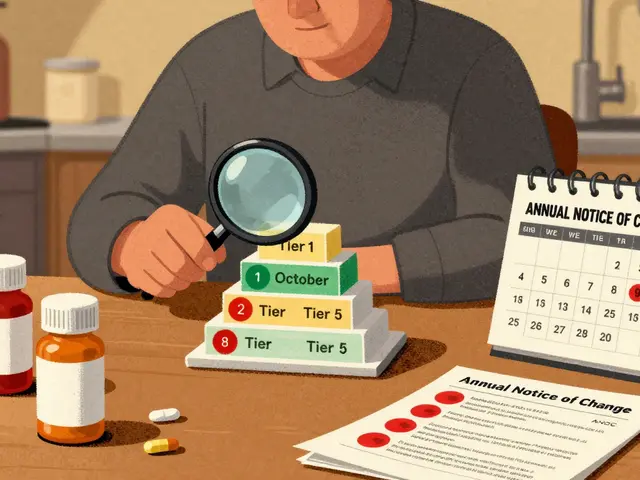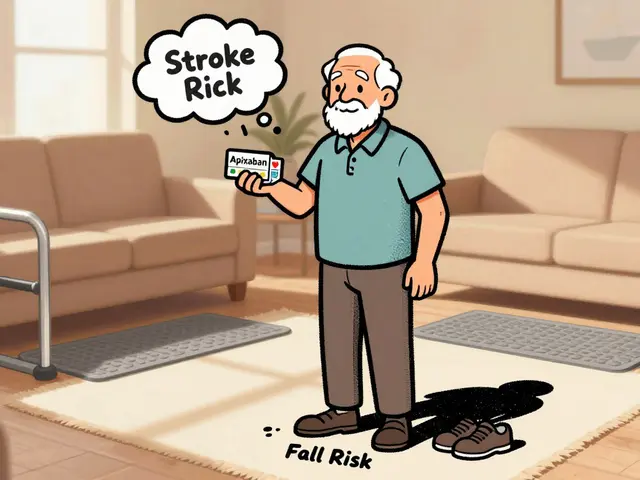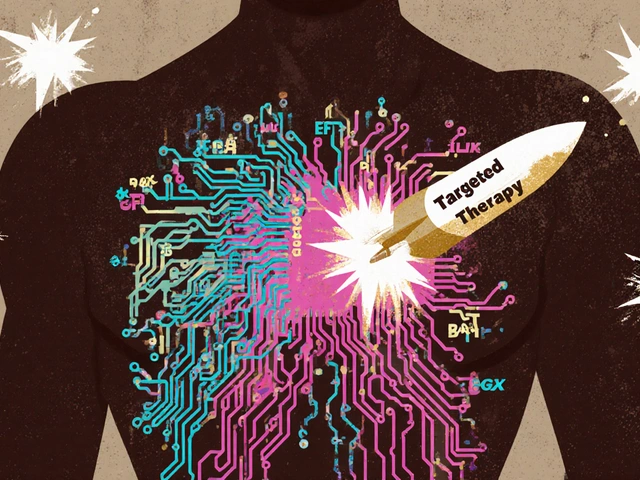NSAID Guide: what they do and how to use them safely
NSAIDs (nonsteroidal anti-inflammatory drugs) are the go-to for aches, fevers, and inflammation. They include familiar names like ibuprofen (Motrin), naproxen, diclofenac, piroxicam and prescription options. These drugs work by lowering chemicals that cause pain and swelling, so they help with headaches, muscle strains, arthritis and even gout flares.
When to use NSAIDs
Reach for an NSAID when you need quick relief for pain with inflammation—think sprains, dental pain, or a bad gout attack. For fever, mild to moderate pain, or short-term post-surgery discomfort, an NSAID is often effective. If your pain is chronic (like long-term arthritis), talk with your doctor about a plan—sometimes topical options (diclofenac gel) or different drug classes reduce long-term risks.
Quick dosing notes: over-the-counter ibuprofen is usually 200–400 mg every 4–6 hours, up to about 1,200 mg/day; prescription doses can be higher under medical supervision. Naproxen OTC commonly comes as 220 mg every 8–12 hours. Always follow package directions or your prescriber's instructions.
How to use them safely
Use the lowest effective dose for the shortest time you need. Don’t mix multiple NSAIDs. If you’re on blood thinners (like rivaroxaban) or recent articles you read discussed, combining NSAIDs raises bleeding risk—check with your doctor first. NSAIDs can upset the stomach, so people at risk may need stomach protection such as a PPI (Prilosec/omeprazole) or a different approach.
Watch your kidneys and heart. Long-term NSAID use can harm kidney function and raise cardiovascular risk, especially if you have high blood pressure, heart disease, or take diuretics and ACE inhibitors. If you have chronic conditions, your provider can weigh risks and benefits or suggest alternatives like acetaminophen, physical therapy, or disease-specific treatments.
Topical NSAIDs can be a smart choice for localized joint or muscle pain—they often cause fewer stomach problems. For gout attacks, NSAIDs like diclofenac are commonly used to reduce pain and swelling, but follow dosing advice and have a doctor confirm the diagnosis.
Who should avoid NSAIDs: people with active stomach ulcers or bleeding, significant kidney disease, late pregnancy (third trimester), or people who’ve had serious reactions to NSAIDs. For kids, use pediatric dosing—don’t guess.
Get urgent help if you notice severe belly pain, black/tarry stools, unexplained bruising or bleeding, chest pain, shortness of breath, sudden swelling, or very low urine output after taking an NSAID. For long-term pain, ask your clinician about safer long-term plans.
If you want deeper reads, check our site posts on Motrin and how to order safely, diclofenac for gout, piroxicam for arthritis, and tips on stomach protection with omeprazole—those articles dig into real-world use and safety in plain language.

Curious about Celebrex? This article breaks down what Celebrex is, how it works, and why doctors prescribe it for pain relief. Learn about real-life benefits, side effects you shouldn't ignore, and tips for safe use. You'll also find stats, advice, and answers to questions people are actually asking about this popular arthritis medication. All explained in everyday language.
Continue Reading





